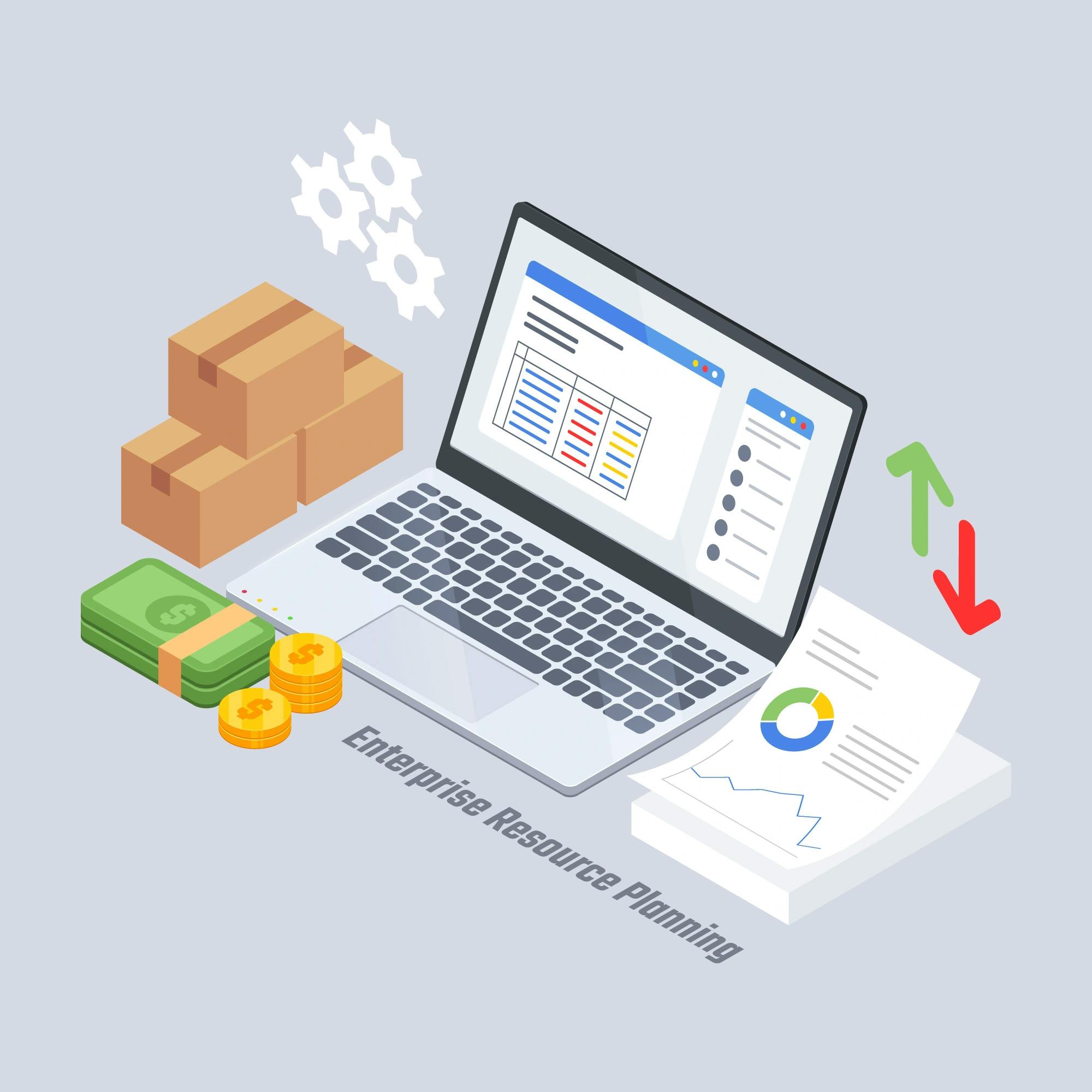The Advantages of Automating Expense Approval Processes

Whether a large organization or a small to medium-sized business, every corporation must deal with expenses accurately. A comprehensive expense approval process aids in ensuring that the business doesn't spend more than it can afford.
Moreover having a streamlined and automated approval workflow is critical for keeping operations running smoothly and employees pleased as it aids businesses in avoiding issues when conducting routine audits. You could potentially save a lot of money and time by automating the process.
In spite of this, obsolete and inefficient approval processes remain a problem for businesses everywhere.
Hence, here is a detailed guide on the necessary methods and characteristics of a well-designed approval process, and a general overview of how to establish one that works for your business.
Firstly, what is an expense approval process?
An expense approval process is a collection of policies and procedures that a firm uses to assess and approve employee spending. Typically, this method is the submission of an expenditure report, which describes the amount spent by an employee while conducting business on behalf of the organisation.
A manager or member of the finance team reviews the report after that to make sure the charges are legitimate and justified as well as to confirm that they adhere to the organization's rules and regulations. The employee is paid back for the cost of the consumption after they have been approved. An organisation can better manage its finances and make sure that staff members are using resources wisely with the use of the cost approval procedure.
If your organisation doesn't already have robust expenditure management in place, things can get tough.
But times are different now. Modern businesses no longer require a lengthy and tedious approval process. How? With the improved solution of automated and electronic expense management.
Importance & Challenges of managing expenses for businesses
Budget tracking
Organisations must closely monitor their spending since doing so enables them to achieve their goals. By monitoring expenditures and ensuring they are necessary and appropriate, businesses can avoid overspending and ensure they have the resources required to meet their financial goals.
To increase profitability
By reducing costs and eliminating unnecessary spending, companies can enhance their bottom line and increase their revenue. This can be especially important for small businesses, which may have limited resources and must be careful with how they allocate their budget.
To decide wisely
For businesses to decide wisely where to devote resources and how to invest in the future, current and precise information on expenses are essential. Businesses can decide how to expand and prosper by knowing their customers' purchasing habits and identifying potential areas for cost savings.
To be in compliance with regulations
Some organisations are compelled to submit reports of their expenses to shareholders or regulatory agencies, and in order to do so, they need to keep precise records of their outlays. Therefore, effective management is crucial to ensuring that the company complies with these demands.
Spending less
It can be challenging to pinpoint areas where costs can be lowered and to put new practices into place that would save money. Businesses must carefully weigh the trade-offs between reducing costs and preserving the quality of their goods or services when approaching cost management.
It can be difficult to manage employee spending, especially if there are inconsistencies over what reimbursements are permitted or if there are no clear policies and procedures. Businesses must establish clear guidelines for employee expense reimbursement and give staff members the knowledge and tools they require to know what is and is not permitted.
Businesses can benefit from automating the cost approval process in a number of ways. Let’s take a look at the same.
The advantages of automating the expense approval process
1. A quicker approval process
It often takes multiple days for financial approval in organisations that use the manual process. The manager, the finance department, and faulty reports that don't follow corporate policy could all be to blame for this delay. An employee in such circumstances must wait impatiently for the payment and follow up frequently.
However, you can significantly save the time it takes for your company to approve costs by automating the procedure. Additionally, your employee can contact the person who hasn't yet approved the claim by checking an expenditure management software.
2. Enhanced effectiveness
Streamlining the cost approval process can save time and lighten the pressure on managers and staff. Employees can enter and track their activities using an expenditure management software, and managers can use the programme to review and approve them instead of manually going through each report. This could facilitate streamlining the method and increase its effectiveness.
3. Improved Accuracy
Automation helps improve the accuracy of cost reports by eliminating mistakes that might happen when operational costs are manually submitted. In order to lower the possibility of errors, cost management software can automatically fill out expenditure reports with the necessary data, including the date, location, and spending amount.
4. Enhanced control
Businesses can have more oversight on their spending by automating the expense approval process. They can guarantee that these numbers are examined and approved in a uniform and transparent manner by putting up rules and policies inside the approval software.
5. Increased Transparency
By giving a detailed record of all expenses, including who submitted them, who authorized them, and when they were approved, automating the review process can promote disclosure and accountability. This can assist in making sure that money is being used sensibly and in compliance with corporate guidelines.
6. Added security
By storing sensitive financial data in a safe, centralised database, automating the expense clearance process can increase the protection of that data. As a result, there can be a lower chance of data intrusions and unauthorised access to financial data.
With today's expenditure management solutions, each stage of the procedure is instantaneous. It saves you time and effort regardless of who you are or what your work is.
So here’s a guide on how to implement an automated approval system

Decide what requires automation
It’s time to move on from keeping expense records on spreadsheets. Selecting the appropriate areas that require automation is the first step in making your expenditure approval system flexible. To further understand this, have a conversation with your staff, management, and finance team and hear about their challenges.
- Select an expense management programme
There are a variety of cost management programmes available, so it's crucial to research and compare them all to determine which one best suits the demands of the company. The price of the programme, its capabilities and features, and its compatibility with other business systems are a few things to take into account. Additional capabilities offered by certain expenditure management programmes include connectivity with travel expense approval and automated receipt management and classification.
- Set up a software
After deciding on a management system for the company, the next step is to configure it. This could entail setting up user accounts and permissions, importing current financial data, and configuring the programme to the precise requirements of the company. For instance, the company might need to create guidelines for categorising spending or create approval hierarchies for various expenditure types.
- Set rules and procedures
Organizations should establish specific policies and processes for cost reporting and approval in order to ensure that the cost report process is accurate and accessible. This can entail placing restrictions on particular spending, requiring receipts or other proof of payment, and establishing a system for settling disagreements or inconsistencies. Employees should be made fully aware of the policies and procedures and have easy access to them for reference.
- Monitor and evaluate
After implementing an automated expense approval system, it is important to track and assess its functionality to verify that it is meeting the needs of the organisation. This may entail keeping track of statistics like the quantity of submitted and authorised expenditure reports, the typical time it takes to approve an expense report, and the overall effectiveness. Businesses can detect any problems or opportunities for improvement by frequently evaluating the system's performance and then making the required modifications to make sure the system is serving their needs.
End Note
The high performers keep in mind that approvers only see the charges they need to review. In order to prevent transactions from getting lost in the noise, it is essential to enable approvers, to concentrate on the costs that matter to them. Disruptions or possible problems, such as missing receipts that exceed policy limitations, should be automatically flagged to approvers by your expense management system. Additionally, it ought to be simple for the authorizer to ask for additional details.
As a result, automated expense report software is critical for ensuring the dependability of reported expenditures and standardising the treatment of budget reports once they are submitted by employees. They significantly increase staff collaboration, productivity, and comprehension of corporate policies.